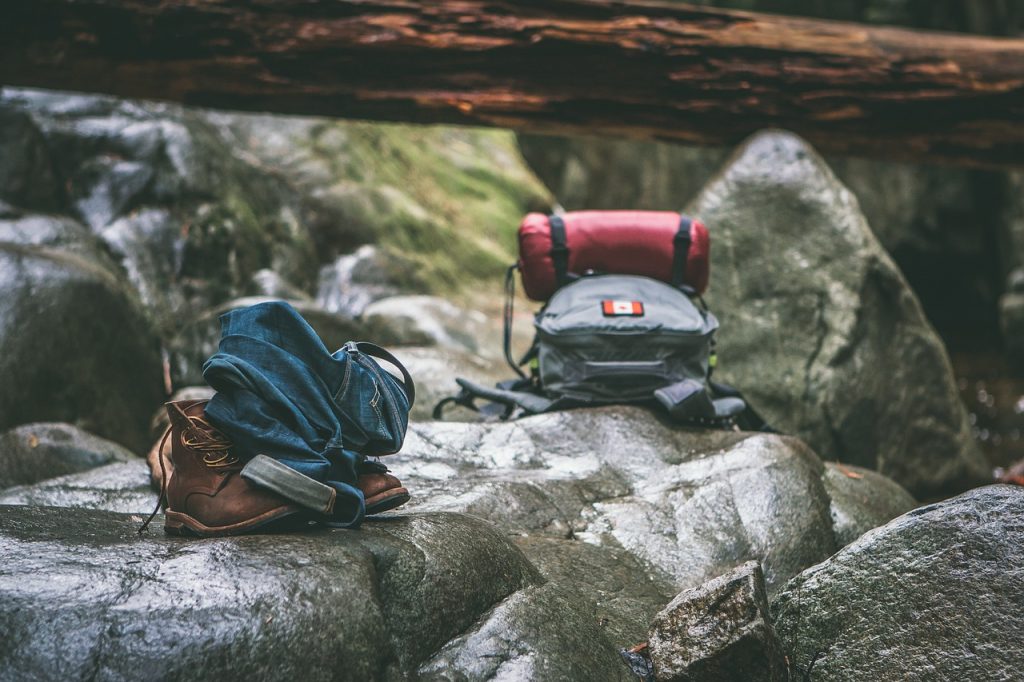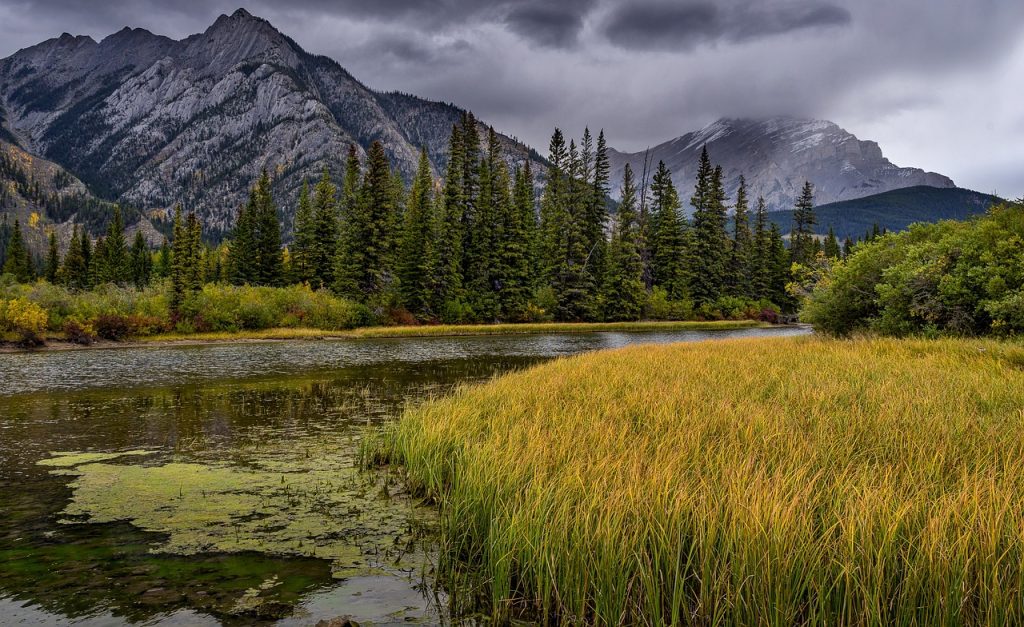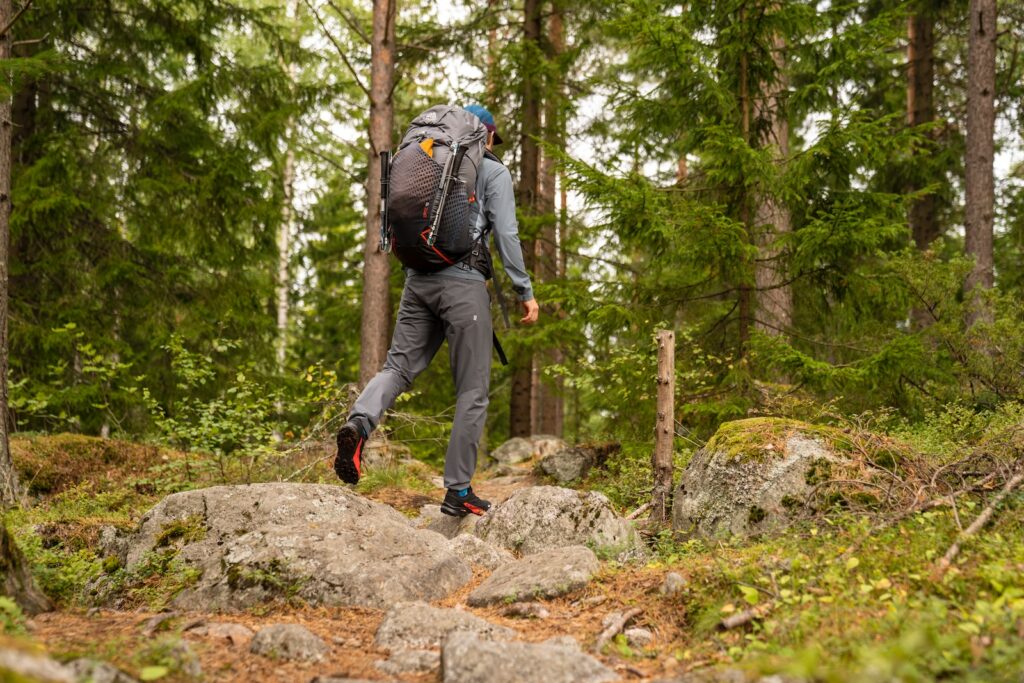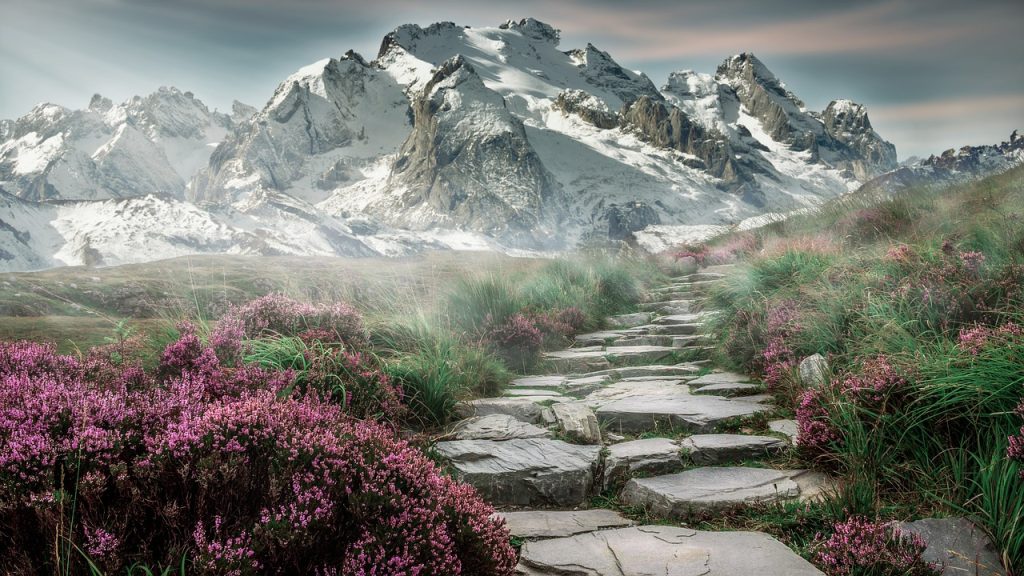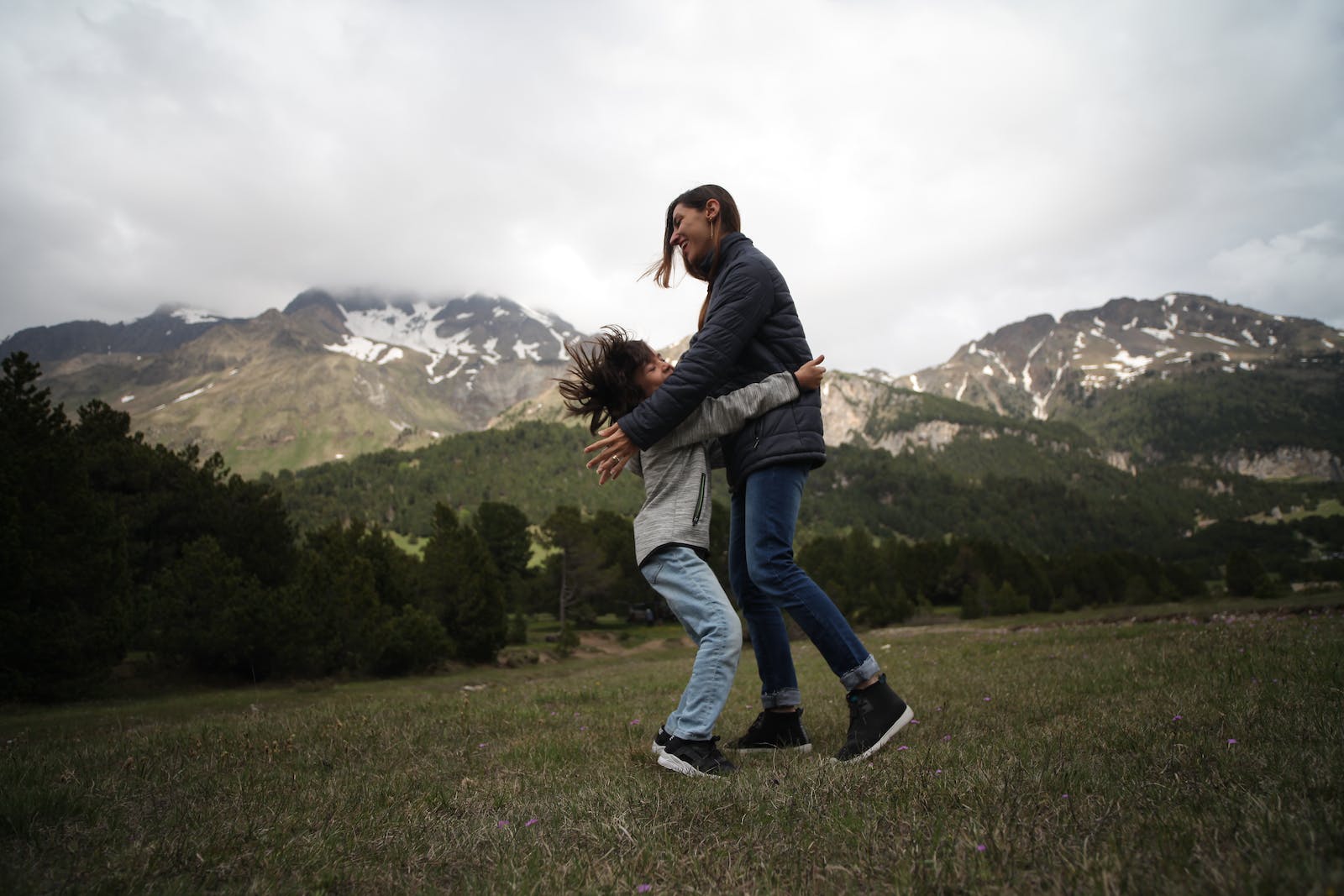

Hiking with Kids: Tips for a Fun and Safe Family Adventure
Are you ready to embark on an unforgettable family adventure that combines fresh air, stunning nature, and quality bonding time? Look no further than hiking with your kids! We all know how important it is to get our little ones away from screens and into the great outdoors. But before you hit the trails, there are a few things you need to know to ensure a fun-filled and safe escapade for the whole family.
From choosing kid-friendly hikes to packing essential supplies and unleashing their inner explorers, this blog post will equip you with all the tips and tricks for an extraordinary hiking experience that will leave your children begging for more outdoor adventures! So lace up those boots, gather your young adventurers, and let’s make memories in nature that will last a lifetime.
- Introduction to Hiking with Kids
- What to Pack: Essential Gear for Kids and Adults
- Tips for Keeping Everyone Safe on the Trail
- Outdoor Activities to Enjoy Along the Way
- Teach Children Nature Appreciation Techniques
- Sample Hikes for Different Ages and Experience Levels
- Making a Trip Insta-Worthy: Capturing Family Memories Along the Way
Introduction to Hiking with Kids

Hiking with kids can be a great way to get the family outside and active. It can also be a lot of fun if you are prepared.
Here are some tips for hiking with kids:
1] Choose an easy hike. If this is your first time hiking with kids, pick an easy trail. You can always try something more challenging next time.
2] Be prepared with snacks and drinks. Kids get hungry and thirsty quickly when they’re running around outside. Pack some snacks and drinks for them to have along the way.
3] Dress everyone in comfortable clothing and shoes. Shoes that are too tight or uncomfortable will make hiking very unpleasant for little feet. Make sure everyone has sunscreen on too!
4] Bring along a first-aid kit just in case. It’s always better to be safe than sorry when you’re out in the wilderness. Better to have a first-aid kit and not need it, than to need it and not have it!
5] Have fun! Hiking is supposed to be enjoyable so make sure you take plenty of breaks to rest, snack, and drink throughout the hike so everyone stays happy.
What to Pack: Essential Gear for Kids and Adults
Assuming you have the basic necessities like a good pair of walking shoes, sunscreen, hats and snacks, here are some other items that will help make your hike more enjoyable for everyone:
For Kids:
-A small backpack to carry their snacks, water and any other gear they might need
-Insect repellent if there are likely to be bugs on the trail
-Sunscreen and a hat to protect them from the sun
-A lunchbox or picnic blanket if you’re planning on stopping for a picnic lunch along the way
For Adults:
-A daypack or small backpack to carry your essentials like water, sunscreen, insect repellent, etc. Plus room for any extras like a first aid kit, extra snacks or lunch, binoculars, etc.
-Hiking poles can be helpful if you’re hiking uphill or downhill sections of the trail. They can also help take some of the strain off of your legs and back. Just be sure everyone in your group knows how to properly use them before heading out.
Of course, every hike is different so be sure to pack according to the specific conditions and terrain you’ll be encountering. But with these essential items, you’ll be well on your way to having a fun and safe family adventure!
Tips for Keeping Everyone Safe on the Trail
1] Always hike with a buddy, and make sure your children hike with a buddy as well. This way, if anyone gets lost or hurt, there is someone there to help.
2] Stay on the trail. It can be tempting to explore off the beaten path, but it’s important to stay where it’s safe.
3] Be aware of your surroundings. Keep an eye out for animals, hazardous plants, and other potential dangers.
4] Don’t forget the basics – sunscreen, hats, water, and snacks. These will help keep everyone comfortable and safe while enjoying the hike.
Outdoor Activities to Enjoy Along the Way
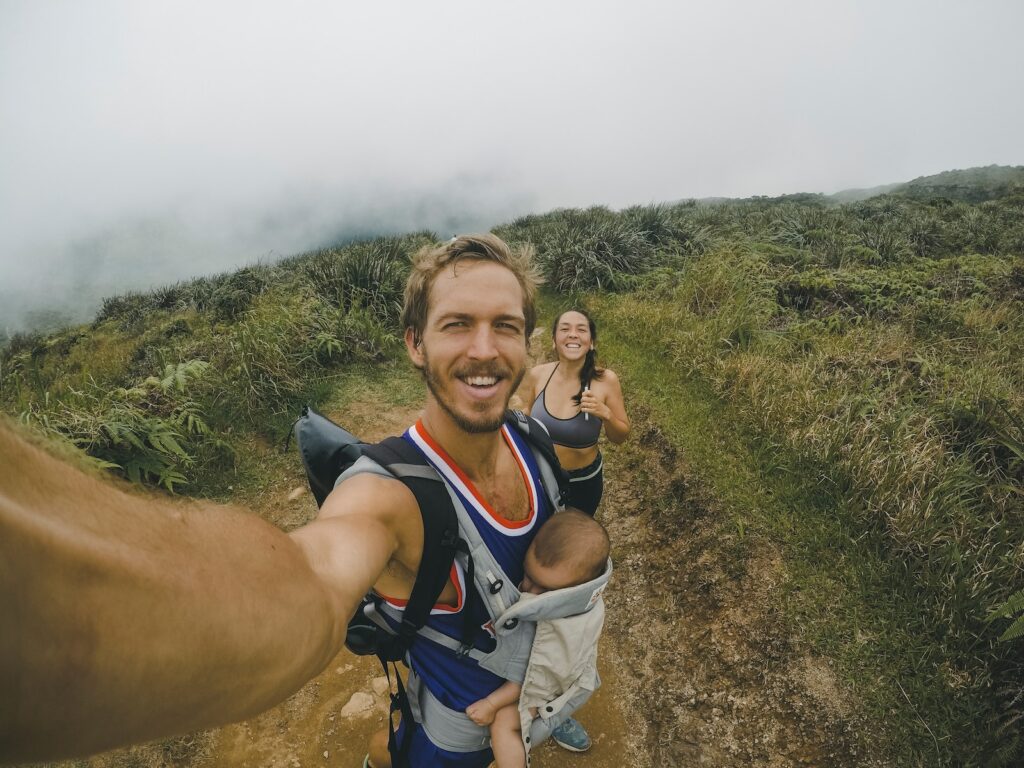
Assuming you have the appropriate gear for your hike, there are plenty of outdoor activities to keep the kids entertained along the way. For example, if you have a young child who is tired of walking, you can carry them in a hiking carrier. Older children can burn off some energy by running ahead or playing games like tag.
If you have snacks and water with you, take breaks often to refuel and hydrate. This is also a good time to let the kids explore their surroundings. They can look for rocks, sticks, leaves, and other interesting things to examine. If you’re hiking in an area with wildlife, be sure to teach your children about respecting animals and keeping their distance.
If your child gets bored or wants to quit, don’t force them to continue hiking. It’s important that they enjoy the experience and want to come back for more hikes in the future. Let them know it’s okay to take a break or turn back if they’re not having fun anymore.
Teach Children Nature Appreciation Techniques
There are many ways to teach children nature appreciation techniques. One way is to take them hiking. This will give them a chance to see different animals and plant life up close. You can also point out different landmarks, such as a river or waterfall, and explain how they were formed. Additionally, try having your kids help you with planning the hike beforehand so they can feel involved and excited about the trip.
Another great way to teach your children nature appreciation techniques is to take them on regular camping trips. At the campsite, allow them to explore and appreciate nature at their own pace. You can even bring along bird-watching binoculars or plan night hikes so they can see nocturnal wildlife. To make it an even more educational experience, you might consider studying a particular species living in the area before your trip and have your kids participate in tracking that species during their journey.
Finally, visit local parks or preserves where you can talk to your child about the importance of conservation and the delicate balance between humans and nature. Planting trees or flowers in the park is a great way for them to get hands-on experience with understanding nature’s beauty and fragility.
Sample Hikes for Different Ages and Experience Levels
There are many factors to consider when choosing a hike for your family. Factors such as the age and experience level of your kids, as well as the length and difficulty of the hike, are important things to keep in mind. Here are some sample hikes for different ages and experience levels:
For younger kids (ages 3-5), shorter hikes with minimal elevation gain are best. Try a short loop around a nearby park or nature center. For older kids (ages 6-12), longer hikes with more elevation gain are possible. Choose a trails with interesting features such as waterfalls or lakes. If your kids are experienced hikers, longer and more challenging hikes are appropriate. Look for trails with steep sections or off-trail adventure options.
Making a Trip Insta-Worthy: Capturing Family Memories Along the Way
We all want to document our lives and share memories with friends and family, but sometimes it can be difficult to know how to make our photos stand out. If you’re planning a hiking trip with your family, there are several ways you can make sure your photos are Insta-worthy.
The first thing to do is choose a scenic location that will offer plenty of opportunity for great shots. Once you’ve found the perfect spot, it’s time to start thinking about composition. When taking pictures of your family, try to get creative with the angles and perspectives. Get low for an interesting viewpoint, or have everyone stand in a line and shoot from above.
Another tip is to use natural light to your advantage. Early morning or late afternoon light tends to be softer and more flattering, so if you can plan your hike around those times, you’ll be sure to get some great shots. And finally, don’t forget the details! Be on the lookout for small things like pretty flowers or unique rocks – they’ll add personality to your photos and make them even more special.
Conclusion
A family hiking adventure can be the perfect way to bond with your kids and explore mother nature while having fun. With a few safety tips in mind, you can have a great time creating memories that will last a lifetime. From choosing the right trails for your family’s abilities to bringing all the necessary supplies, there are plenty of ways to ensure that everyone has an enjoyable and safe time outdoors. So get out there and go exploring!

